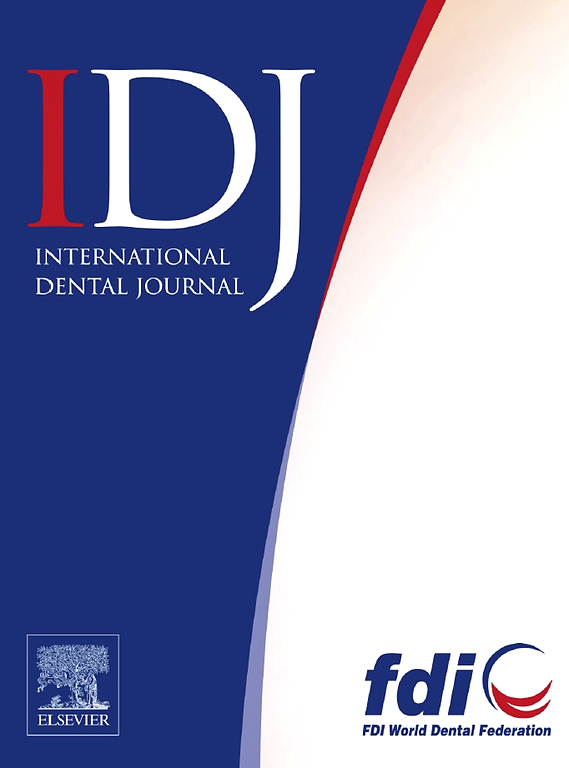TGF-β3在调节神经嵴细胞命运和颅面发育中的作用:来自斑马鱼模型的见解
IF 3.7
3区 医学
Q1 DENTISTRY, ORAL SURGERY & MEDICINE
引用次数: 0
摘要
颅面畸形是由神经嵴细胞(NCC)分化失调引起的,影响了全世界约三分之一的新生儿。虽然TGFB3突变最近与人类冠状突肥大(CPH)和其他颅面疾病有关,但TGF-β3通过细胞间通讯调节NCC命运的机制尚不清楚。方法采用斑马鱼模型研究tgfb3对颅面软骨和骨发育的影响。此外,体外敲除神经嵴干细胞(NCSCs)中的Tgfb3,观察细胞变化及其对软骨和成骨分化的影响。结果tgfb3在斑马鱼中表达下调,导致软骨发育和骨形成受损,与TGF-β信号通路有关。观察到神经嵴细胞形成、迁移和分化标志物的表达减少。虽然Tgfb3基因敲低不影响NCSCs的增殖能力,但它会导致细胞凋亡增加,迁移减少,软骨和成骨分化减少。成骨相关蛋白和TGF-β/Smad通路相关蛋白的表达在NCSCs中也有不同程度的降低。结论在斑马鱼中,TGF-β3基因的沉默导致颅面软骨和骨发育的显著损伤,清楚地强调了TGF-β3在调节NCSC命运中的关键作用。这些发现强调了TGF-β3在维持NCSC迁移和分化中的重要性。本文章由计算机程序翻译,如有差异,请以英文原文为准。
Role of TGF-β3 in Regulating Neural Crest Cell Fate and Craniofacial Development: Insights From Zebrafish Models
Background
Craniofacial malformations, caused by dysregulated neural crest cell (NCC) differentiation, affect approximately one-third of newborns worldwide. Although TGFB3 mutations were recently associated with human coronoid process hypertrophy (CPH) and other craniofacial disorders, the mechanisms by which TGF-β3 regulates NCC fate determination through cell-cell communication remains unknown.
Methods
A zebrafish model was used to investigate the impact of tgfb3 on craniofacial cartilage and bone development. Additionally, Tgfb3 was knocked down in neural crest stem cells (NCSCs) in vitro to observe cellular changes and effects on chondrogenic and osteogenic differentiation.
Results
Knockdown of tgfb3 in zebrafish resulted in impaired cartilage development and bone formation, which was associated with the TGF-β signaling pathway. A reduction in the expression of markers for neural crest cell formation, migration, and differentiation was observed. Although Tgfb3 knockdown did not affect the proliferation capacity of NCSCs, it led to increased apoptosis, reduced migration, and decreased chondrogenic and osteogenic differentiation. The expression of osteogenesis-related proteins and TGF-β/Smad pathway-related proteins was also reduced in NCSCs to varying degrees.
Conclusion
Silencing the Tgfb3 gene in zebrafish led to significant impairment in craniofacial cartilage and bone development, clearly highlighting the critical role of TGF-β3 in regulating NCSC fate. These findings underscore the importance of TGF-β3 in maintaining NCSC migration and differentiation.
求助全文
通过发布文献求助,成功后即可免费获取论文全文。
去求助
来源期刊

International dental journal
医学-牙科与口腔外科
CiteScore
4.80
自引率
6.10%
发文量
159
审稿时长
63 days
期刊介绍:
The International Dental Journal features peer-reviewed, scientific articles relevant to international oral health issues, as well as practical, informative articles aimed at clinicians.
 求助内容:
求助内容: 应助结果提醒方式:
应助结果提醒方式:


